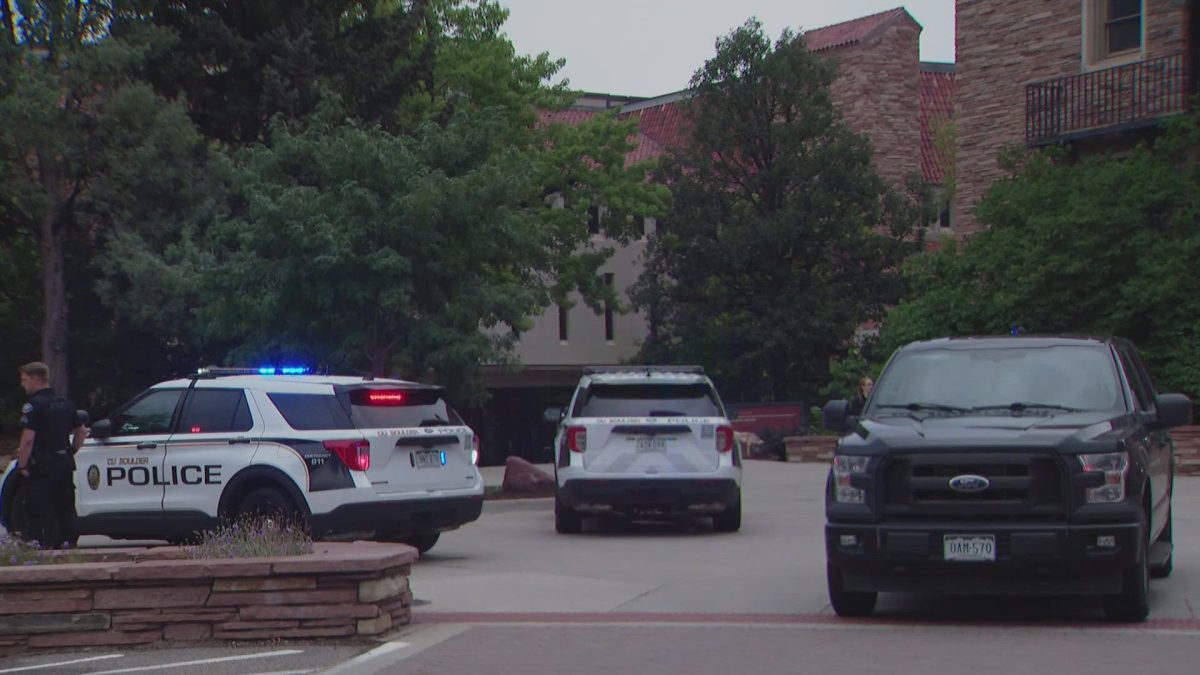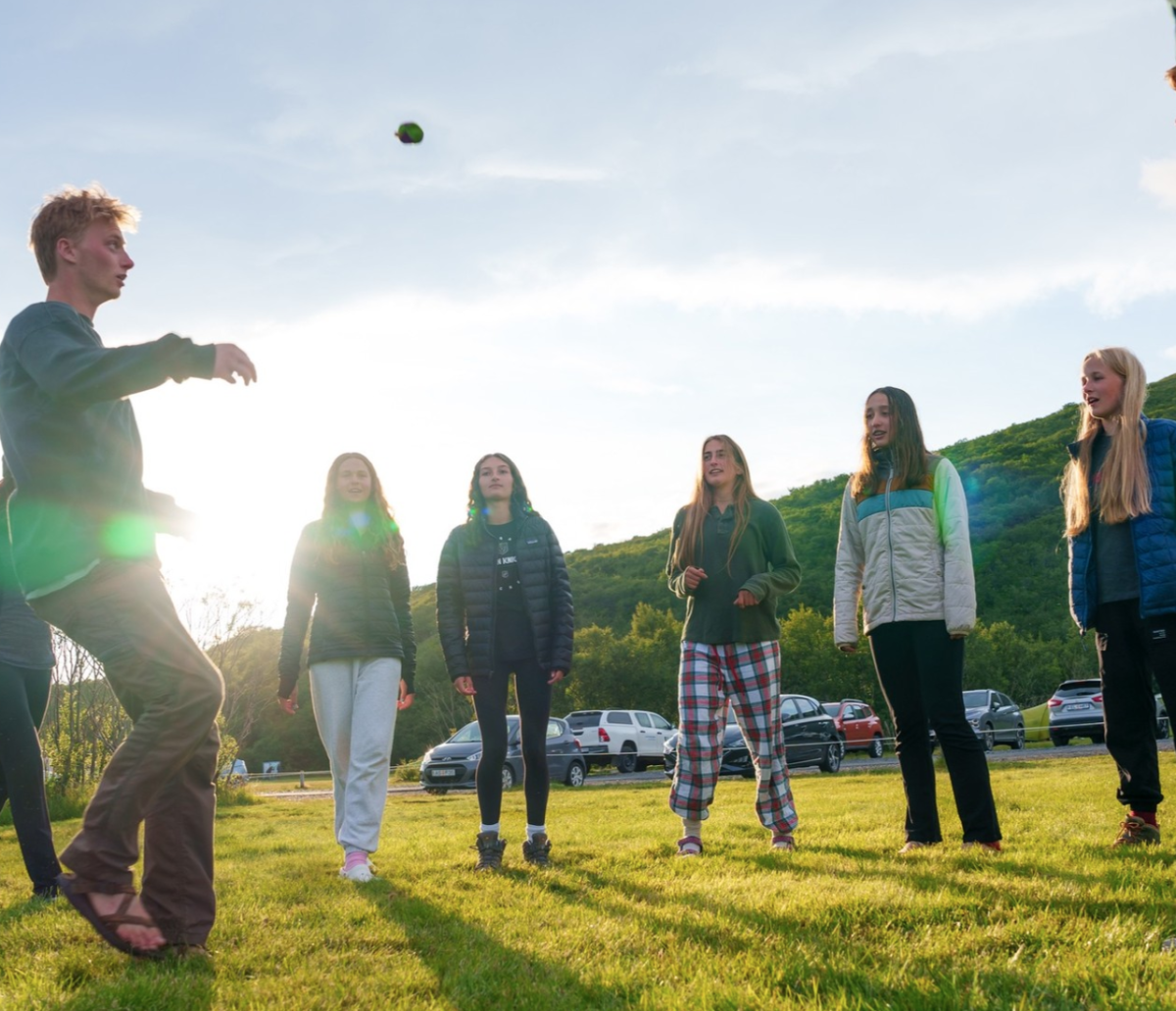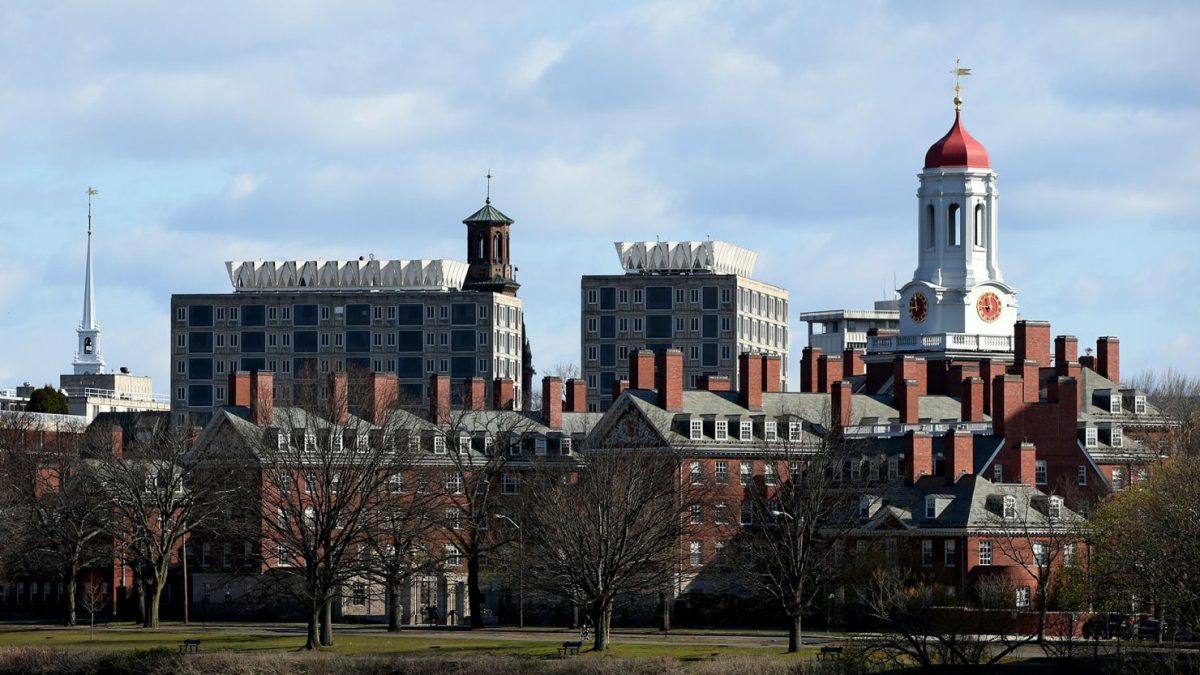As the bell rings, a long line forms, snaking past the vending machines and reaching halfway down the main hallway. Students talk and laugh as they wait for their lunches – a wait that has gotten longer this school year. With the new Healthy School Meals for All program going into effect this year, more students are getting school lunch than before.
Thanks to the new Colorado law, school lunch (and breakfast!) is free for all public school students in participating districts across the state starting this year. “Last November, Proposition FF [free school lunch for all] was on the ballot..the Colorado voters said ‘yes, we want all of our kids to have lunch, no matter their [economic status] or life experience,” said Jennifer Wietzel (a.k.a “Ms. Jen”), a cafeteria worker at CHS. Under the new program, students have access to free lunch and breakfast every school day. The lunch system operates in the same way it always has– students wait in line, pick up their meal, and then input their student ID to get their food, except now it’s completely free of charge. The student id numbers are still used as a form of data on how many students are getting food at school, as well as which menu items are the most popular. However, Ms. Jen emphasized that student’s still have to pay for seconds, and they must alert the cafeteria worker that they are purchasing a second round. Additionally, the free lunch is only available to students; staff must pay $5.50.
“Us lunch ladies see a lot of kids that need lunches,” said Ms. Jen. She described the new program as “Fantastic”. “It gives everybody an opportunity to get lunch without stigma,” she said. She believes that free lunch for all helps students focus and learn better in their classes. “They don’t have to worry about, you know, ‘Can I get lunch’? ‘Do I have money, can I get food?’”

The program is funded mainly through the closure of a tax loophole. “The funding comes from [Colorado residents] making over $300,000 [per year],” said Ms. Jen. “Also, we’re still getting some federal money.” The money provided by the tax change covers the costs of school lunch that are not covered through federal funding. Taxpayers making under $300,000 per year are not negatively affected by the program.
The program was proposed due to the comparably high cost of living in Colorado; proponents of the program believed that “many families who make more than [the amount that a family must earn to qualify for free and reduced lunch assistance] still struggle to afford healthy meals,” according to ChalkBeat.
Although lunch is now free for all students, BVSD urges students and their families to still take advantage of the aid available under the Free and Reduced Lunch qualification. The BVSD website states “even though lunch is now free, it is still very important that families complete the free and reduced meal application, as it waives and reduces fees district-wide for families, can impact transportation for some families, and impacts important funding for individual schools.” In order to see whether or not your family might be eligible, parents need to complete an online form. Additionally, Carmen Faucette in the CHS office can provide parents with assistance in regards to Free and reduced Lunch. The form must be completed because eligibility for the program is calculated based on a variety of factors.
Lunches were free during the pandemic as part of a federal aid program to help support students and families. That program ended as of the 2022-2023 school year. Advocates and educators in Colorado felt strongly that free lunch for all made a significant impact in students’ lives, and they got Proposition FF (aka ‘Healthy School Meals for All’) on the ballot last year. But unlike the COVID program, Healthy School Meals for All is a permanent change. Several other states have implemented similar programs, including California, New Mexico, and Minnesota. Six other states have made their programs permanent as well.
A higher number of students have been getting lunch following the implementation of the program, although not as high as during the pandemic. “We’re getting about 100 more students [this year], but we think maybe that’s because a lot of students don’t realize that it’s free for everybody,” said Ms. Jen. “I have a feeling that towards the middle of the year we’ll get more”
When asked what she wanted to tell students regarding the program, Ms. Jen said “Use it! It’s free!”







![Zordan, E. (2025). Gillian Murphy. [Photograph] The New York Times.](https://chswarriorscroll.com/wp-content/uploads/2025/10/unnamed-1200x1200.png)



